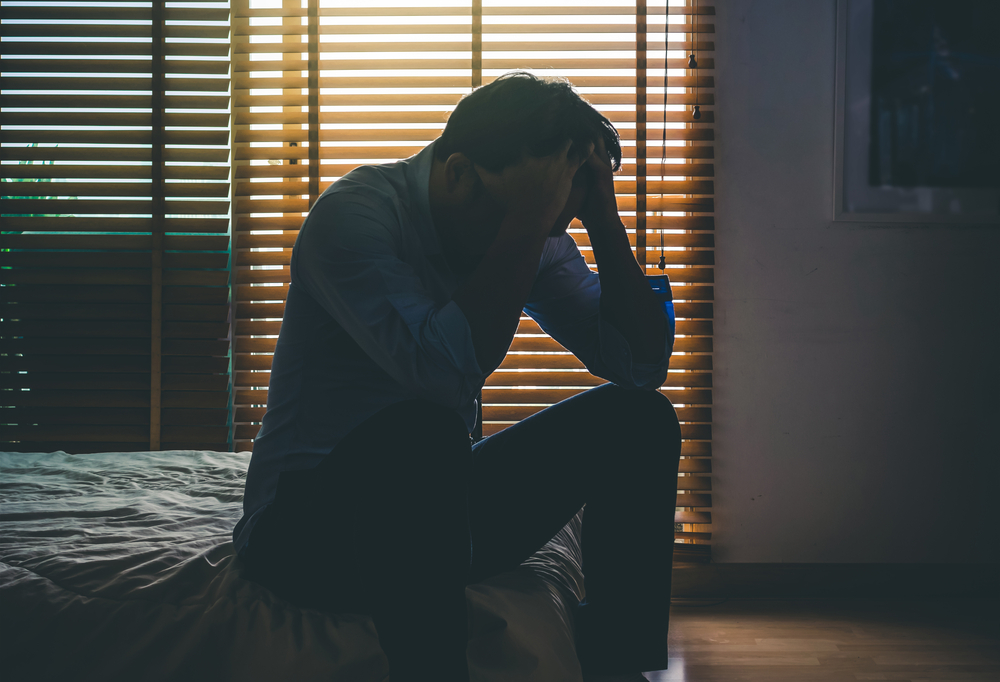
In his often-quoted beginning of Anna Karenina, Tolstoy wrote, “All happy families are alike; each unhappy family is unhappy in its own way.” If we stretch this notion a little — going from families to individuals, and from unhappiness to depression — we come up with an interesting question, which is the subject of this blog: Are persons with depression all alike, or is each depressed in his/her own way? In one sense, the answer seems to be that the difficult experience of depression is unique to each person, affected by age, past experiences, beliefs, hopes, methods of dealing with stress, and many other factors. In another sense, though, there may be a useful middle ground, recognizing both the uniqueness of the individual but also that there may be some general qualities that depressed persons may have in common. This view, somewhere in the middle between the individual approach and the other extreme which is that all depression is alike, suggests that there are several general types of depression. It’s useful to understand them, as they differ in appearance and understanding them can help in the selection of the best treatments.
Let’s look at some of them:
Your patients are rating you online: How to respond. Manage your online reputation: A social media guide. Find out how.



